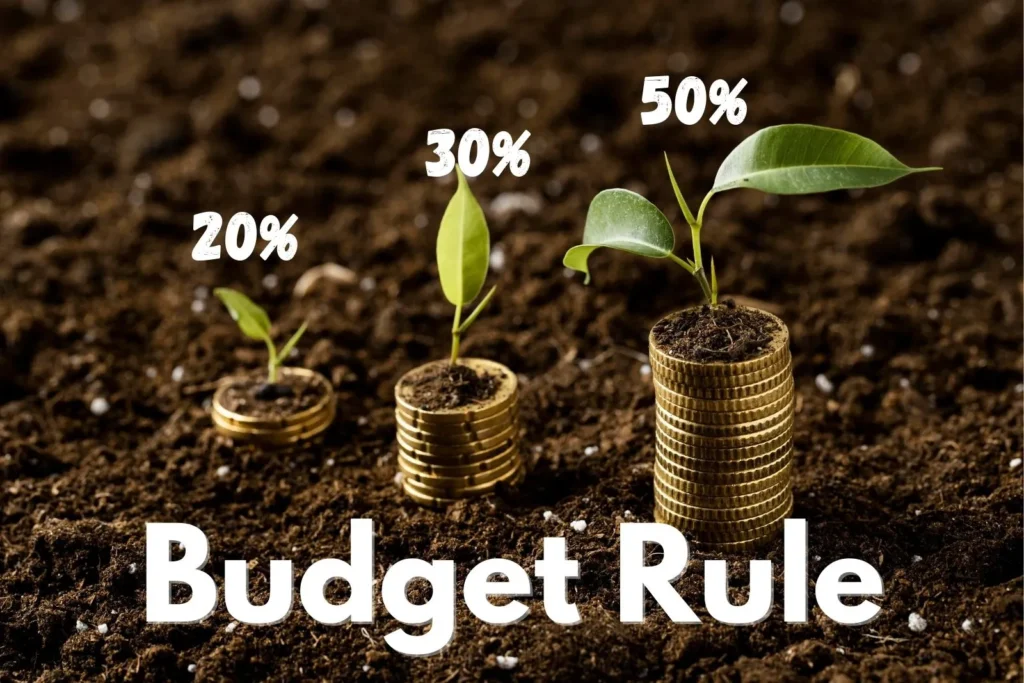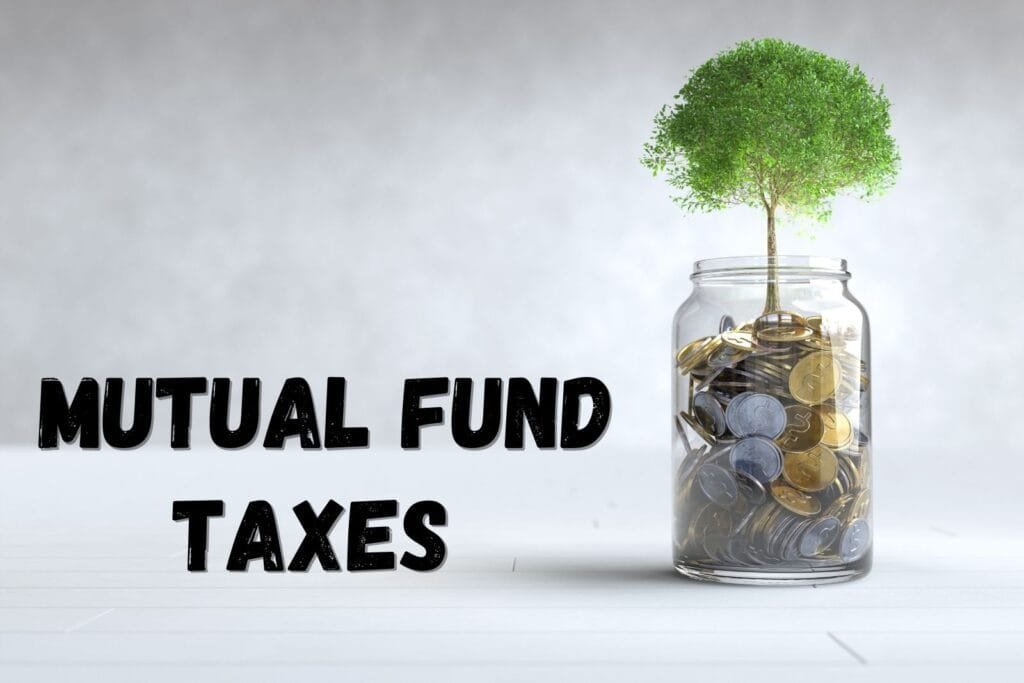
Understanding the New Rules and Regulations for Government Bonds in 2025
Government bonds are a cornerstone of conservative investing, offering a safe and stable way to earn predictable returns. However, as the financial landscape evolves, so too do the rules governing these investments. Starting in 2025, new regulations will be introduced that could reshape how investors approach government bonds. These changes are designed to enhance transparency, adjust tax policies, and cater to the growing demand for sustainable investments. In this blog, we’ll dive into the key regulations that will impact government bonds in 2025 and how they may affect you as an investor.
1. Increased Transparency and Disclosure Requirements
One of the major changes in 2025 will be the increased transparency requirements for government bonds. Issuers will need to provide more detailed and frequent disclosures about the financial health of the issuing government, the specifics of bond issuance, and the use of the raised funds. This move aims to make bond investments more transparent and accessible, allowing investors to make informed decisions based on comprehensive data.
For investors, this means greater clarity on how government bonds are being managed, including details about government debt levels, the use of bond proceeds, and fiscal health. The new rules will also require governments to disclose more about their future financial plans, offering a clearer picture of long-term sustainability.
Impact on Investors: Investors will benefit from a clearer understanding of where their money is going and the financial position of the issuing government. With more information available, you can assess the risks more accurately, leading to more confident and strategic investment decisions.
2. Changes in Taxation of Bond Income
In 2025, several countries are expected to update their tax policies related to government bonds. While some governments may introduce tax incentives for long-term bondholders or specific types of bonds, others might increase taxes on the interest income generated from bonds.
For example, there may be changes in the tax-exempt status of certain government bonds, particularly those aimed at financing green projects or infrastructure development. The new rules may also include a shift toward a more progressive tax system, where high-income earners pay more tax on their bond income.
Impact on Investors: Tax changes will have a direct effect on your bond income. If taxes on bond interest rise, the net return on your investment could be lower. It’s important to stay informed about the specific tax policies in place in your country or region, as they may affect your overall investment strategy. For instance, investors in higher tax brackets may need to reassess their bond portfolios and explore tax-advantaged options such as tax-free bonds or municipal bonds.
3. Introduction of Green Bonds and Sustainable Investment Options
The global focus on sustainability and climate change has prompted many governments to issue bonds dedicated to financing environmentally friendly projects. In 2025, you can expect an even greater push for green bonds, which are specifically designed to fund projects such as renewable energy infrastructure, clean transportation, and energy-efficient buildings.
New regulations will likely make it easier for governments to issue these bonds and for investors to access them. This could include the establishment of clear guidelines to define what qualifies as a “green” project, ensuring that funds raised through these bonds are used appropriately. Additionally, governments may offer tax incentives for investing in these bonds to encourage more sustainable investing.
Impact on Investors: For environmentally-conscious investors, this shift toward green bonds presents a unique opportunity to invest in a way that aligns with your values. The growing demand for sustainable investments could increase the popularity of these bonds, potentially making them a more attractive option for those looking for both financial and environmental returns.
4. Tightened Credit Rating Standards
Credit rating agencies will likely face new standards and stricter methodologies in 2025, leading to potential changes in the credit ratings of government bonds. These tighter regulations aim to improve the accuracy and reliability of bond ratings, ensuring that investors have a clearer understanding of the risks associated with specific bonds.
The more stringent ratings may result in some government bonds being downgraded, particularly in emerging markets or countries with high debt levels. On the other hand, stable and well-managed governments may see an improvement in their bond ratings, further boosting investor confidence.
Impact on Investors: If you’re considering investing in government bonds, keep an eye on the credit ratings assigned to those bonds. Changes in credit ratings may affect the perceived risk of the bond, influencing the price and interest rates. While downgrades may increase yields to compensate for higher risk, they could also indicate potential challenges for the issuing government.
5. Introduction of Inflation-Linked Bonds
Inflation-linked bonds, which adjust the bond’s principal and interest payments based on inflation, are expected to gain more traction in 2025. As inflation continues to be a concern globally, these bonds offer a way to protect investors against the eroding effects of rising prices. Under the new regulations, governments may issue more inflation-protected bonds to cater to the growing demand for inflation-resistant investments.
These bonds are particularly attractive in environments where inflation is unpredictable, as they provide a safeguard against inflation’s negative impact on returns. In some cases, governments may even offer more favorable terms or tax incentives for investors willing to buy these inflation-linked securities.
Impact on Investors: For investors looking for a hedge against inflation, inflation-linked bonds offer a great opportunity. These bonds provide peace of mind knowing that the value of your investment will increase in line with inflation, ensuring that your purchasing power remains intact over time.
6.More Flexible Bond Maturity Terms
In 2025, there may also be greater flexibility in bond maturity options. Governments may introduce new structures that offer shorter or longer-term bonds to cater to different investor needs. This could include bonds with innovative features, such as callable bonds (which allow the issuer to redeem the bond before maturity) or bonds with adjustable interest rates.
These changes will allow investors to choose government bonds that better align with their investment time horizon and financial goals.
Impact on Investors: Investors will benefit from increased flexibility when it comes to choosing bonds that match their risk tolerance and financial timeline. Longer-term bonds may offer higher yields, while shorter-term bonds provide liquidity and lower duration risk. The added flexibility gives investors more control over their portfolios.
Conclusion
The new regulations and changes for government bonds in 2025 will bring about significant shifts in the bond market. With increased transparency, new tax policies, the rise of green bonds, and more flexible bond structures, the investment landscape will become more dynamic and tailored to modern needs.
For investors, staying up to date on these regulatory changes is essential to making informed decisions and optimizing returns. Whether you’re interested in sustainable investing, safeguarding against inflation, or diversifying your portfolio, the evolving government bond market offers a wealth of opportunities.
As we move into 2025, be sure to understand the new rules, assess their impact on your investments, and adapt your strategy accordingly. Government bonds will continue to play an important role in a balanced portfolio, but with these new developments, the investment landscape is evolving — and so should your approach.












